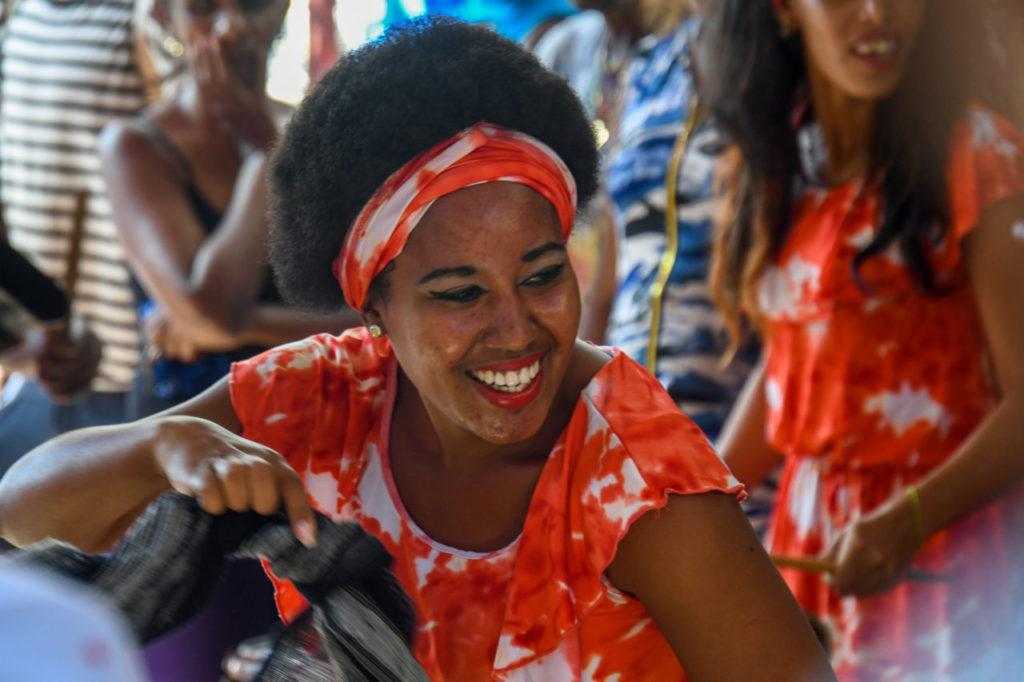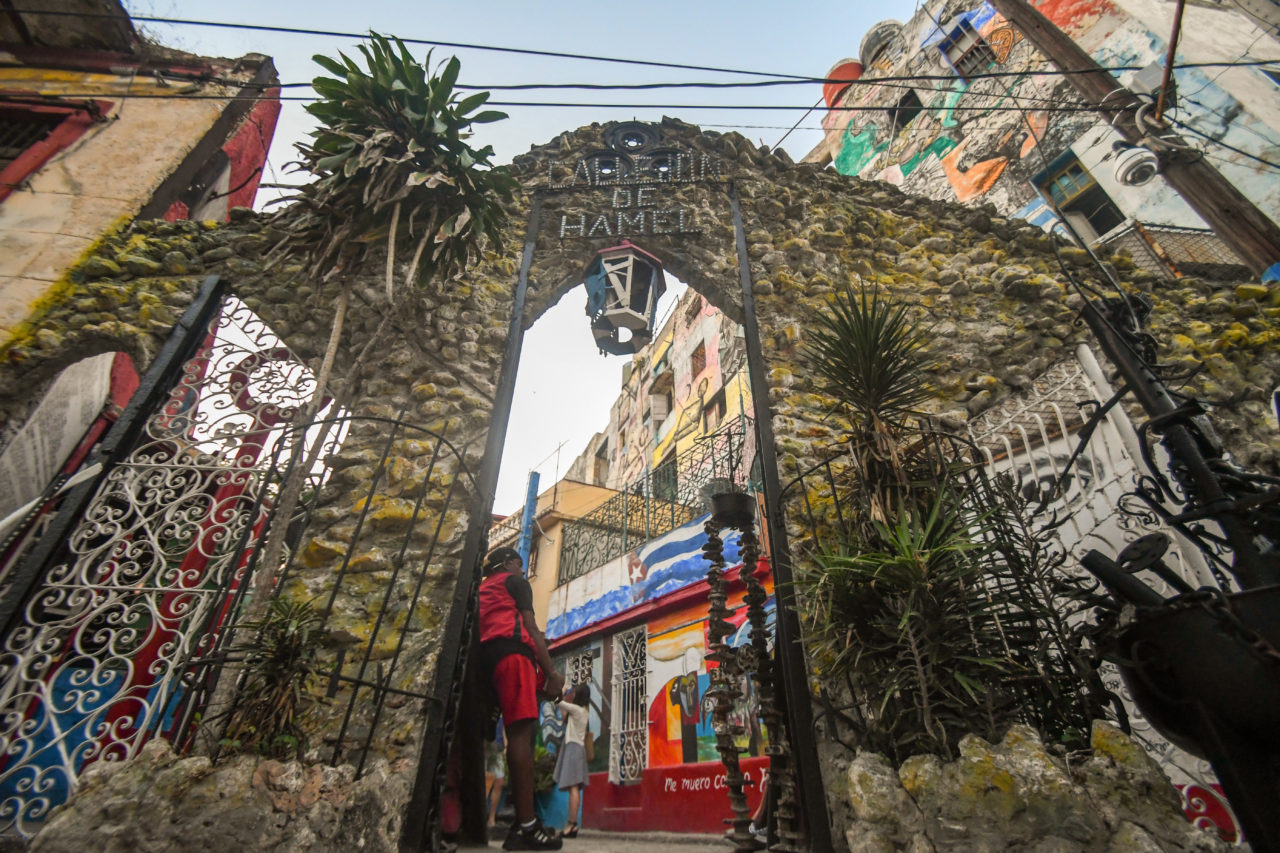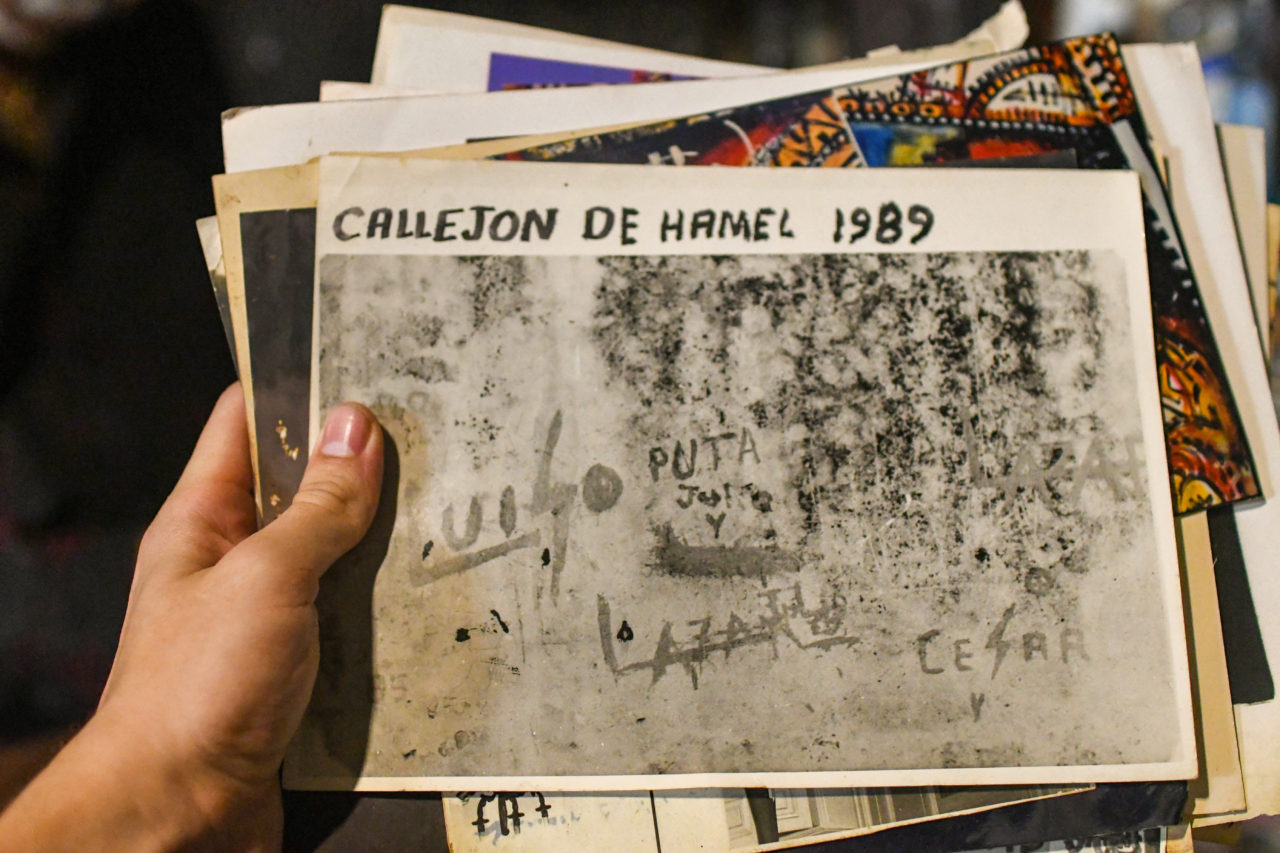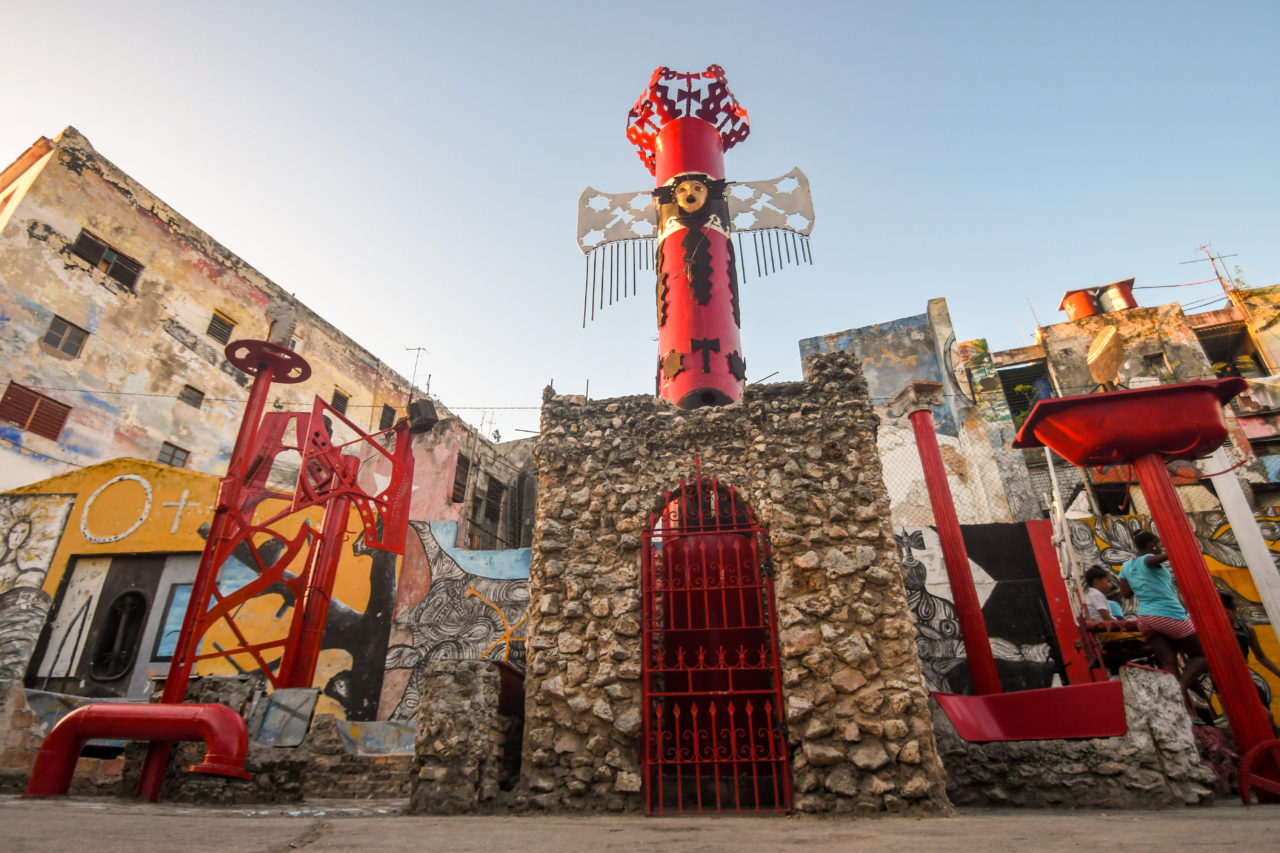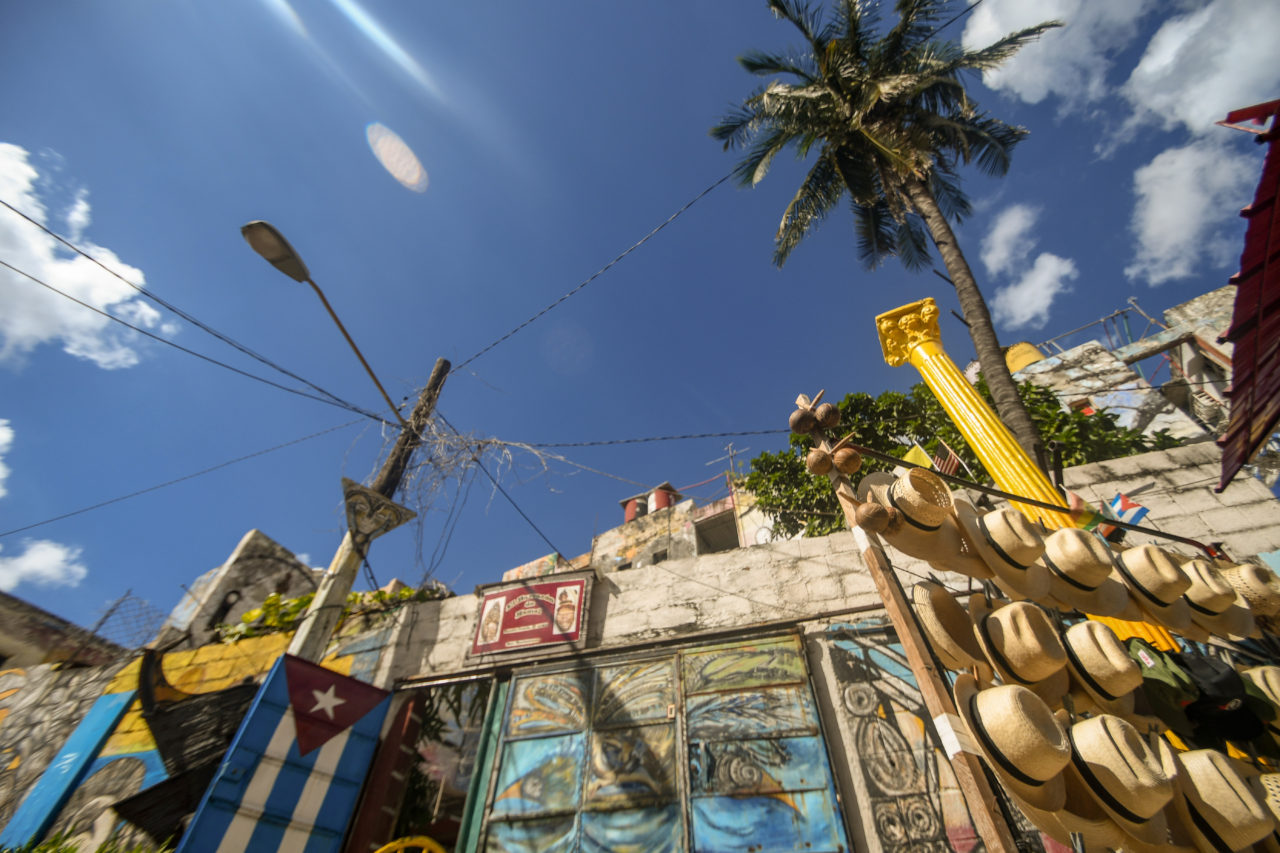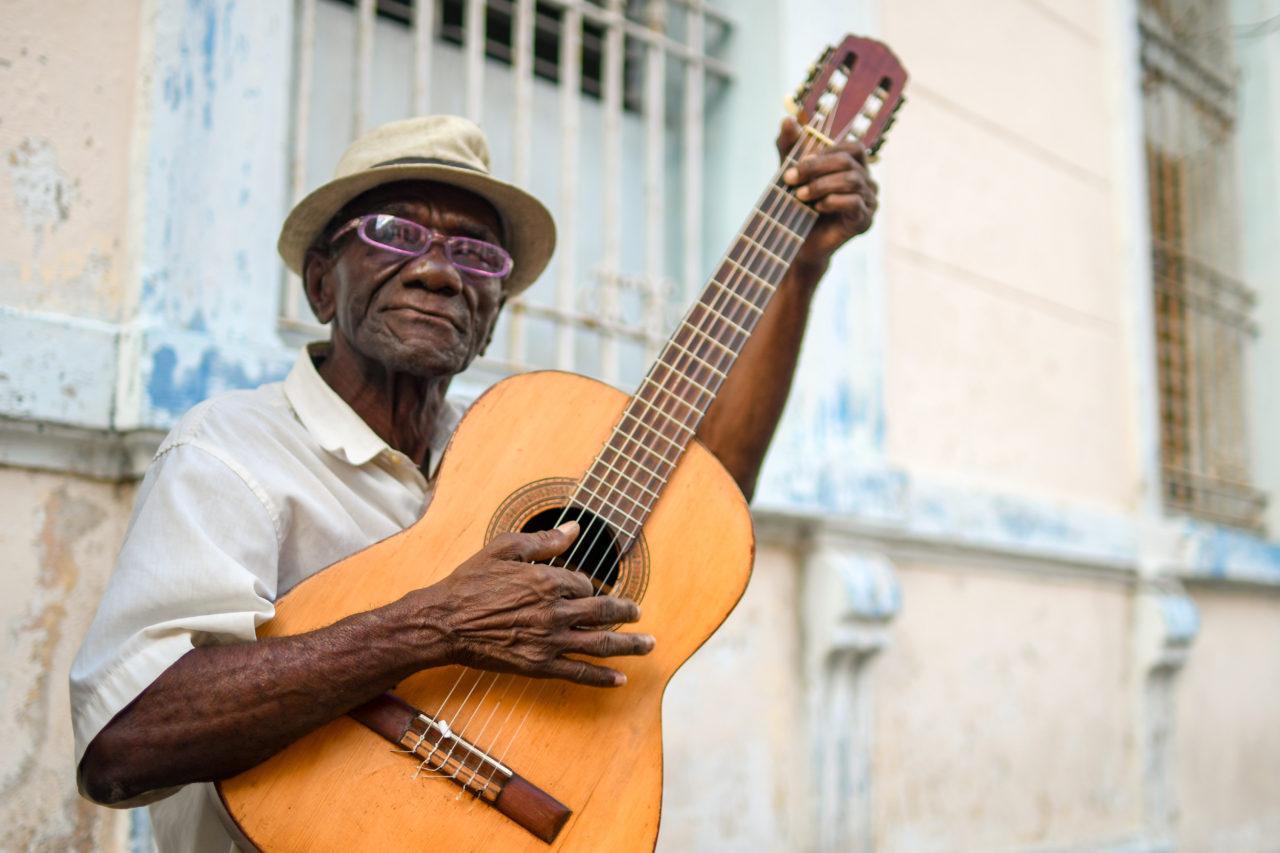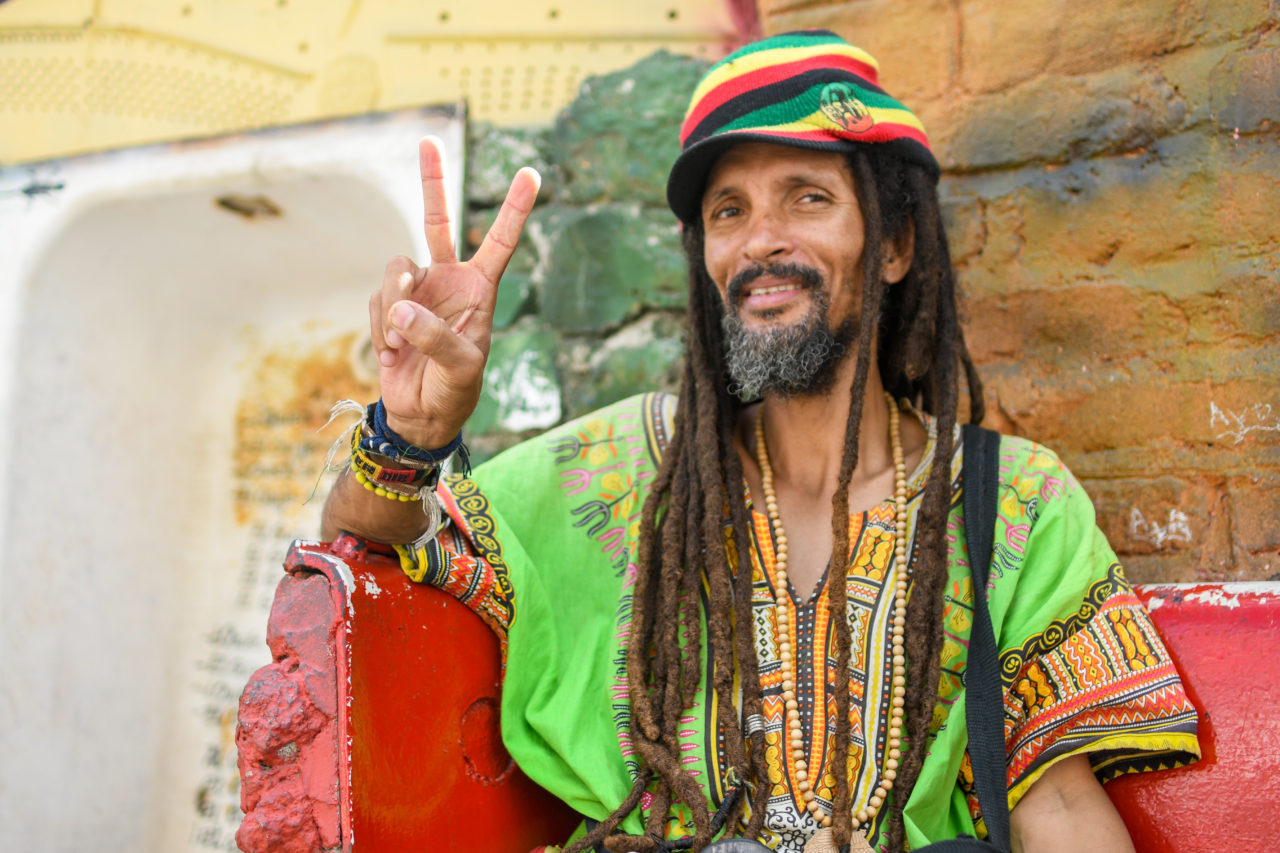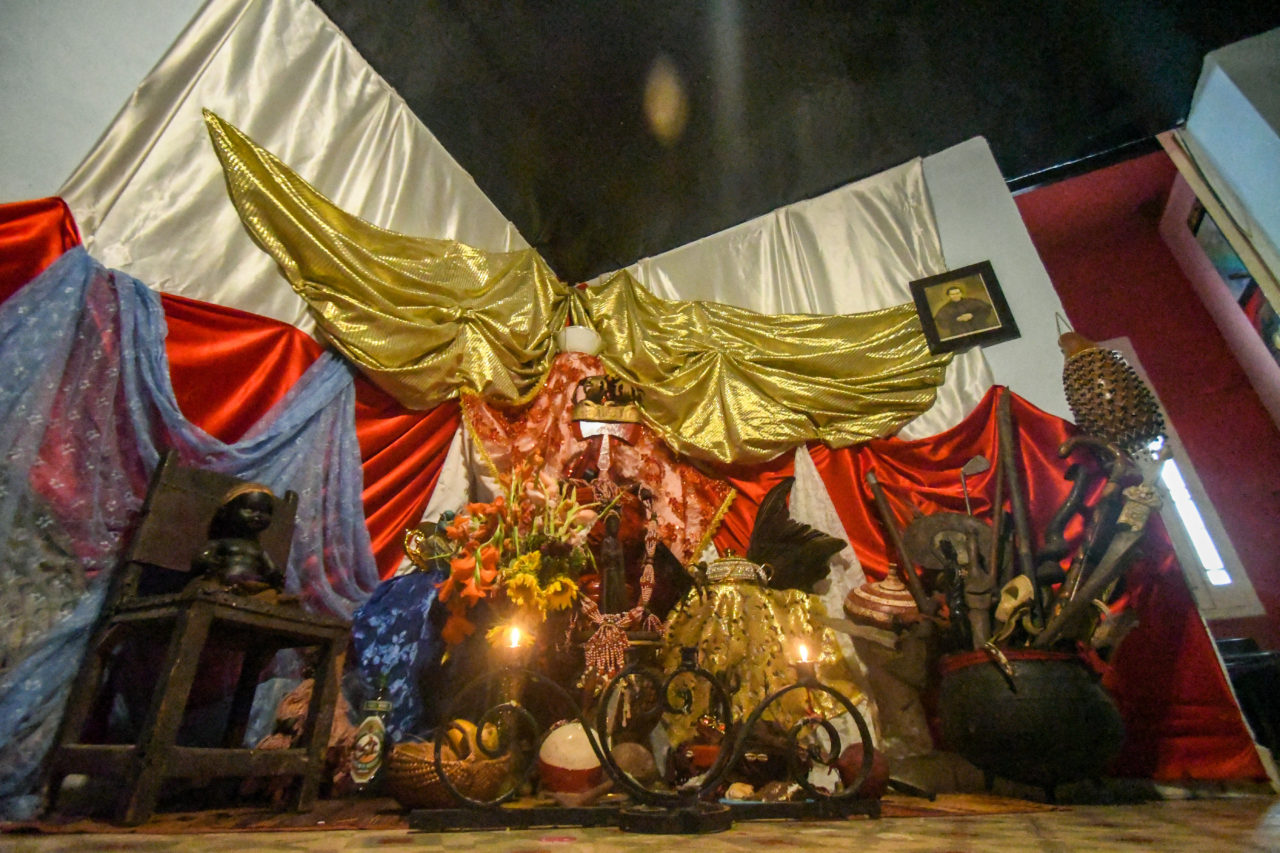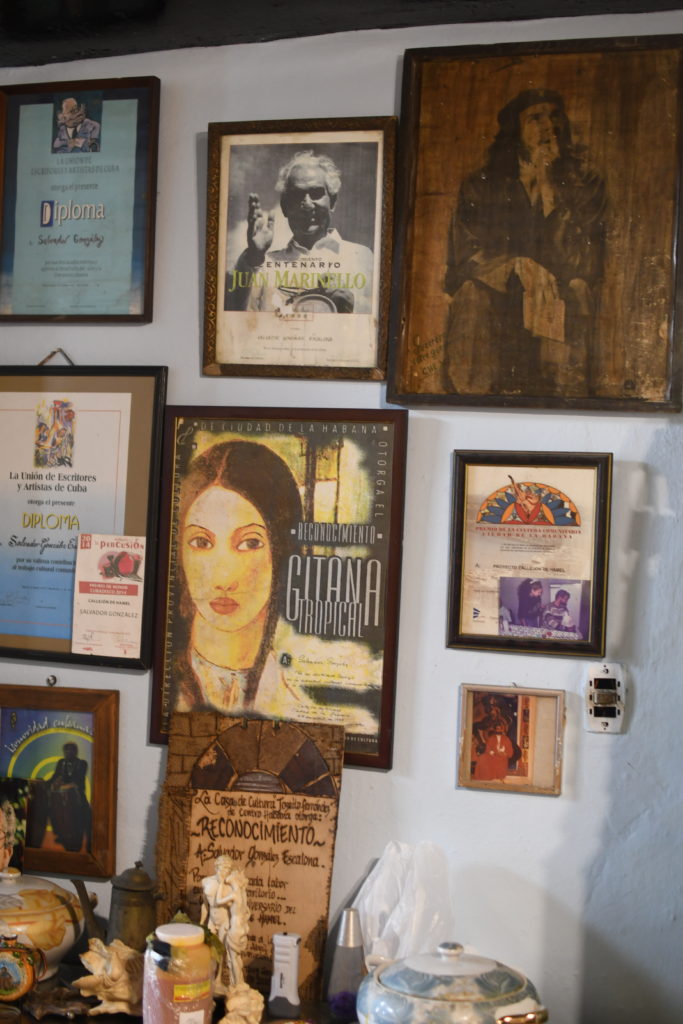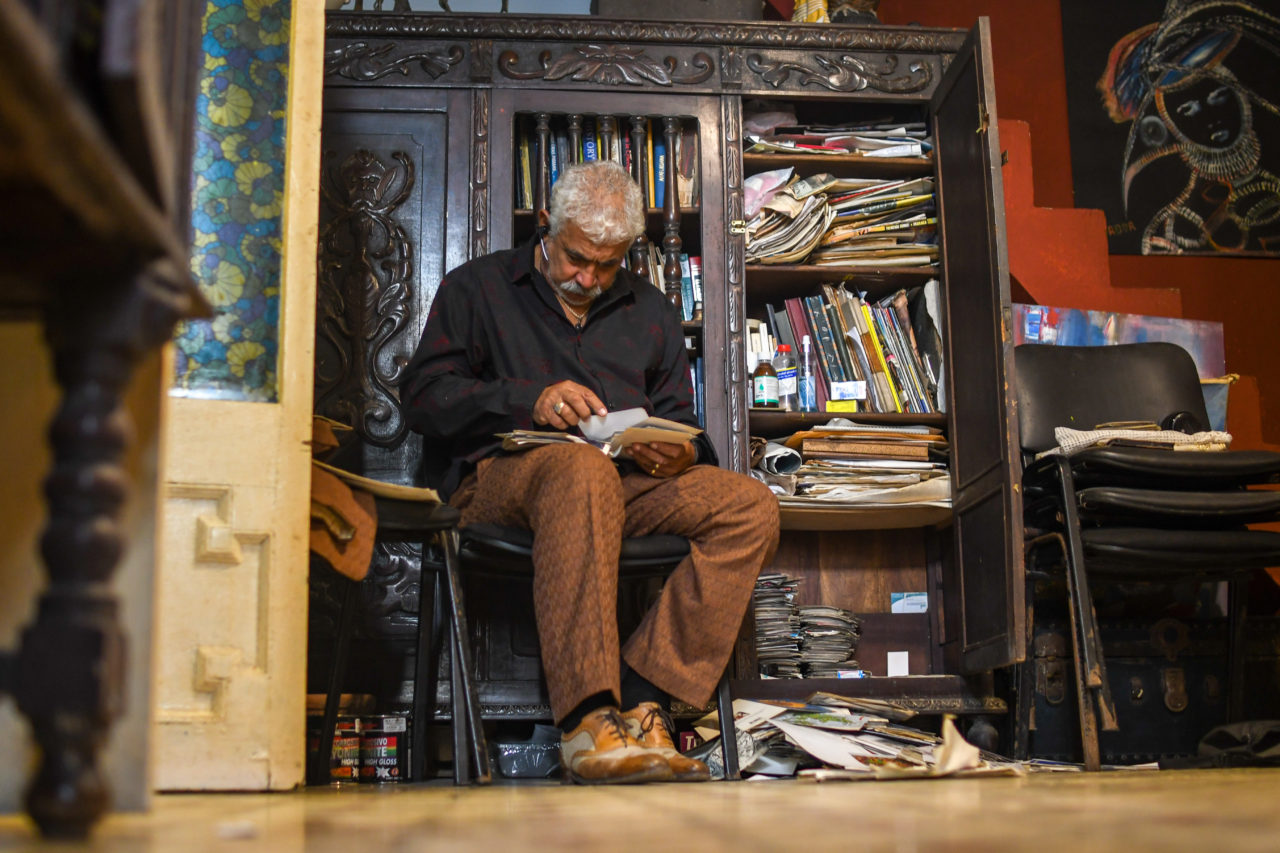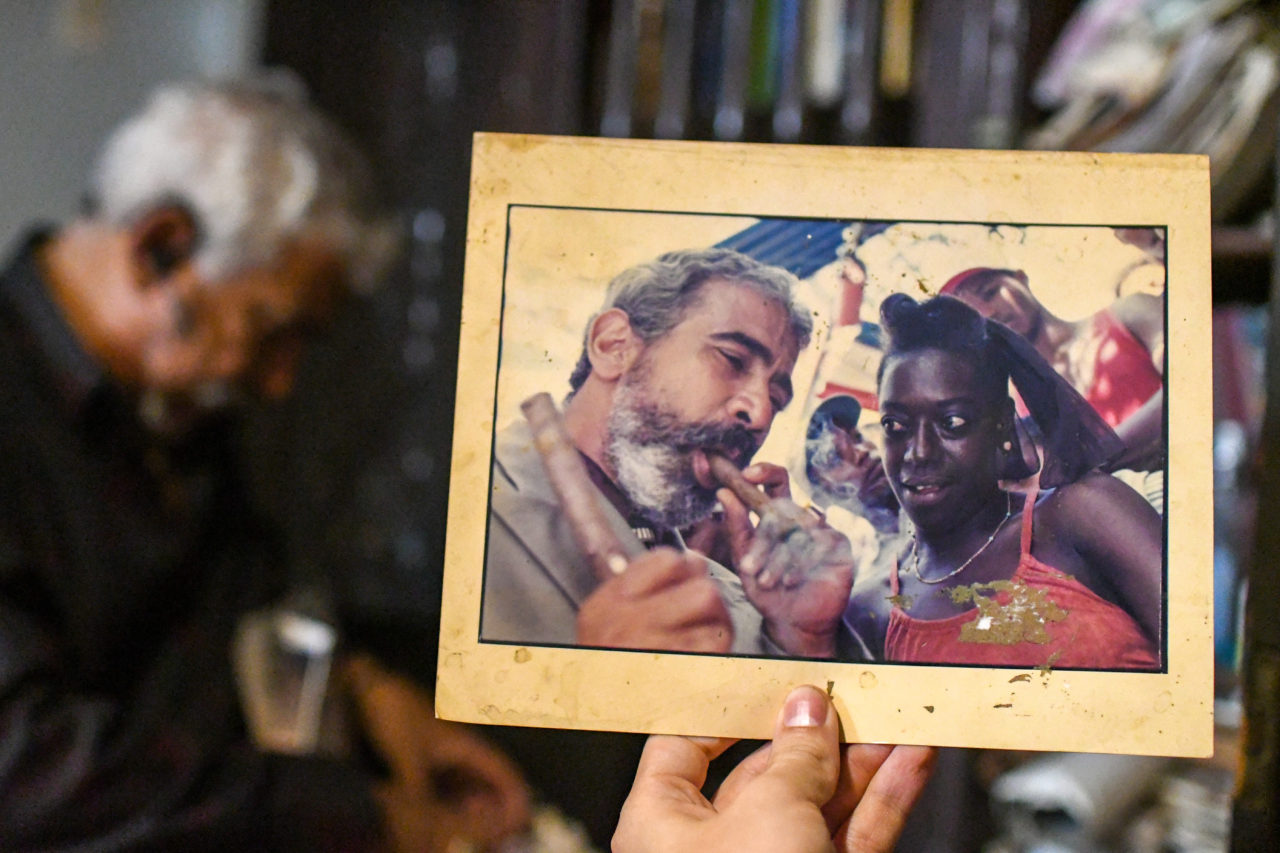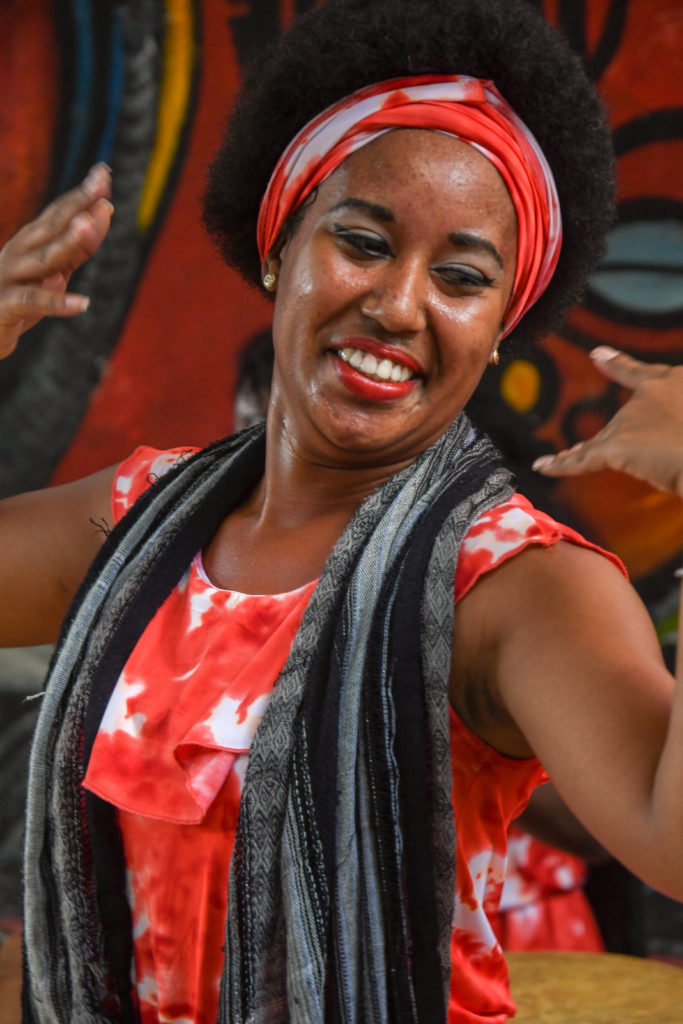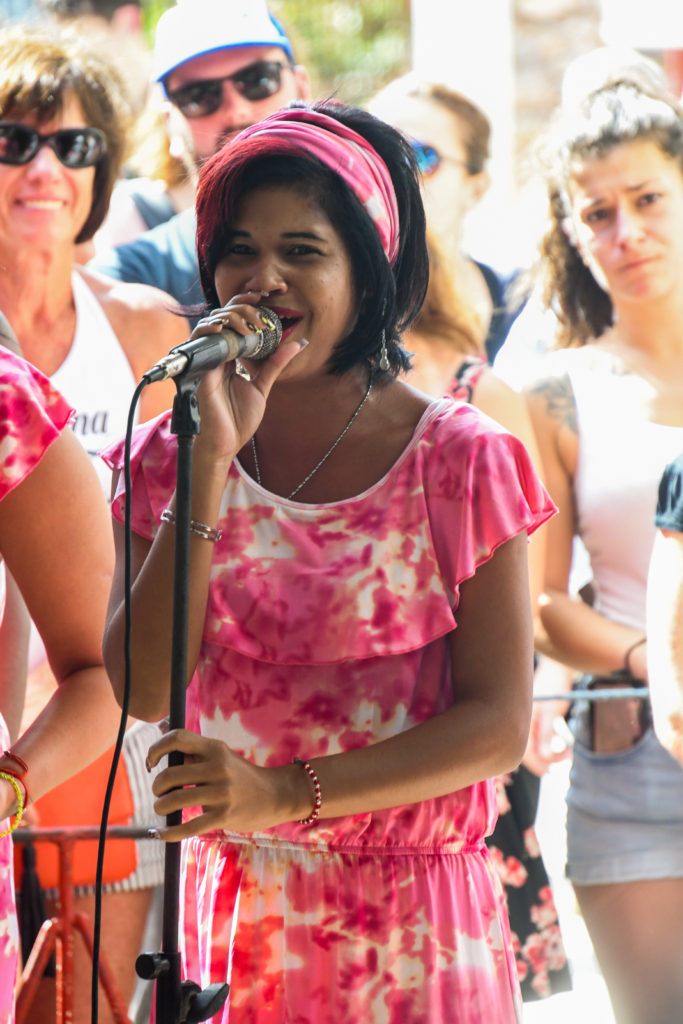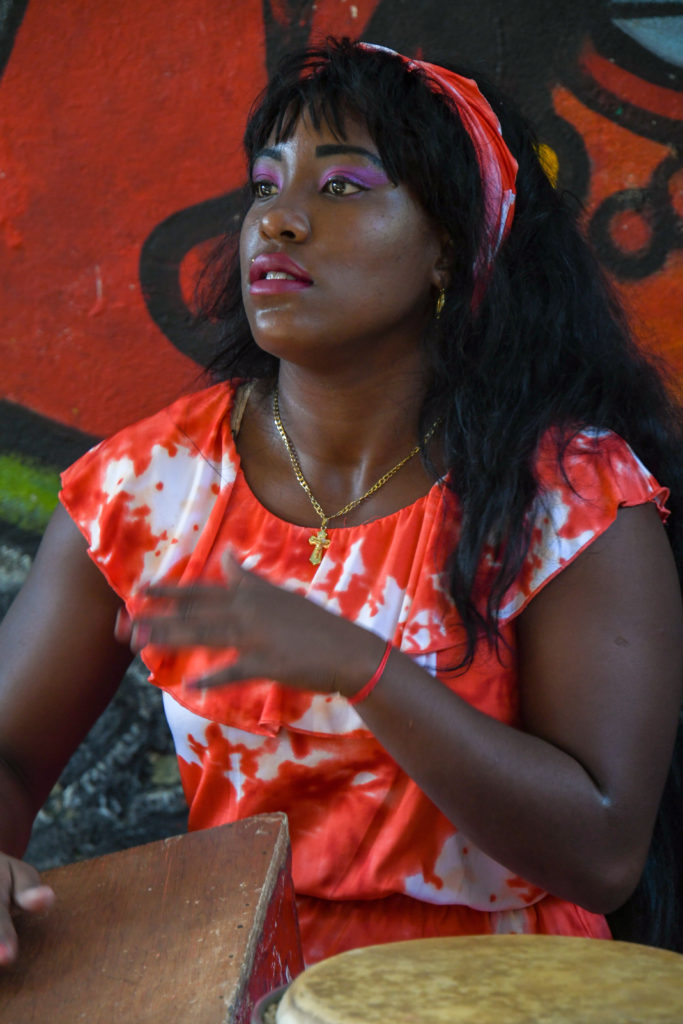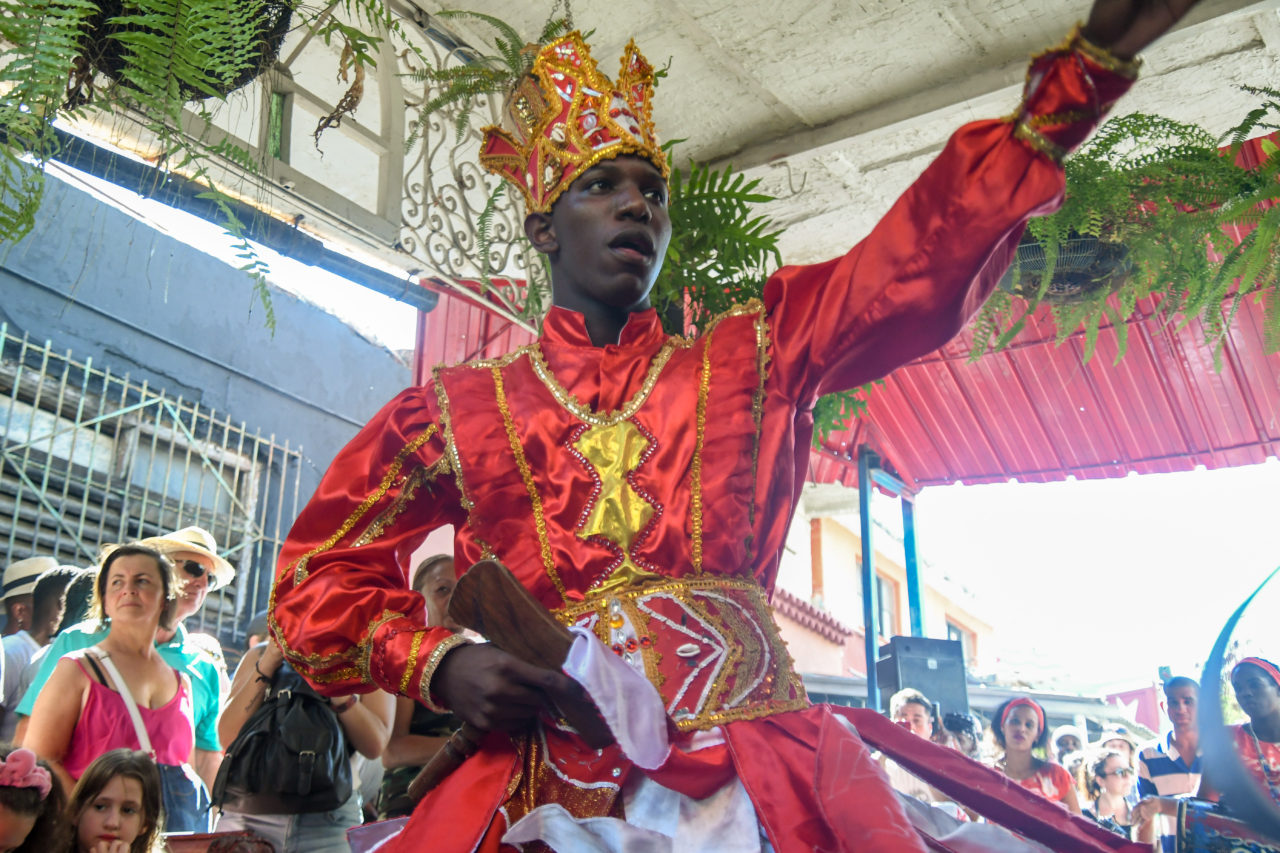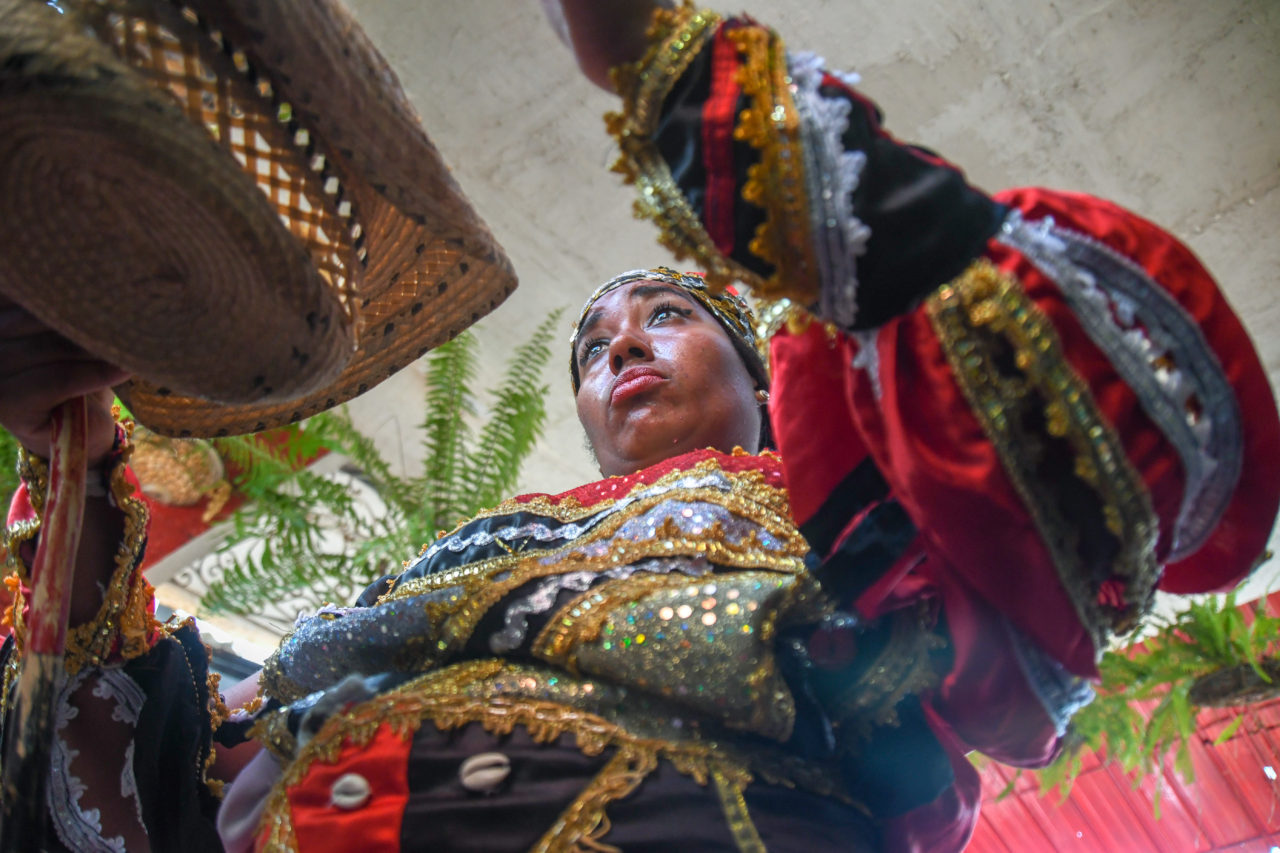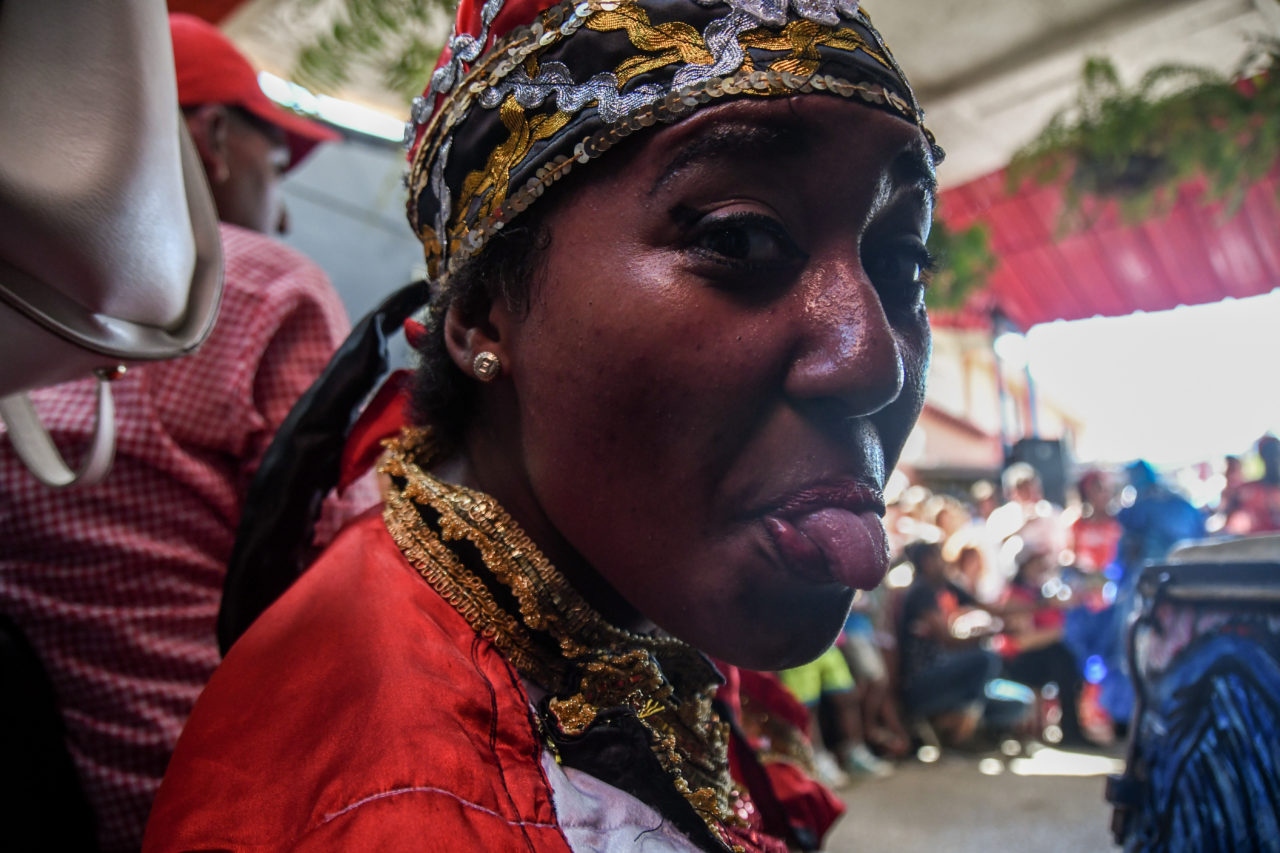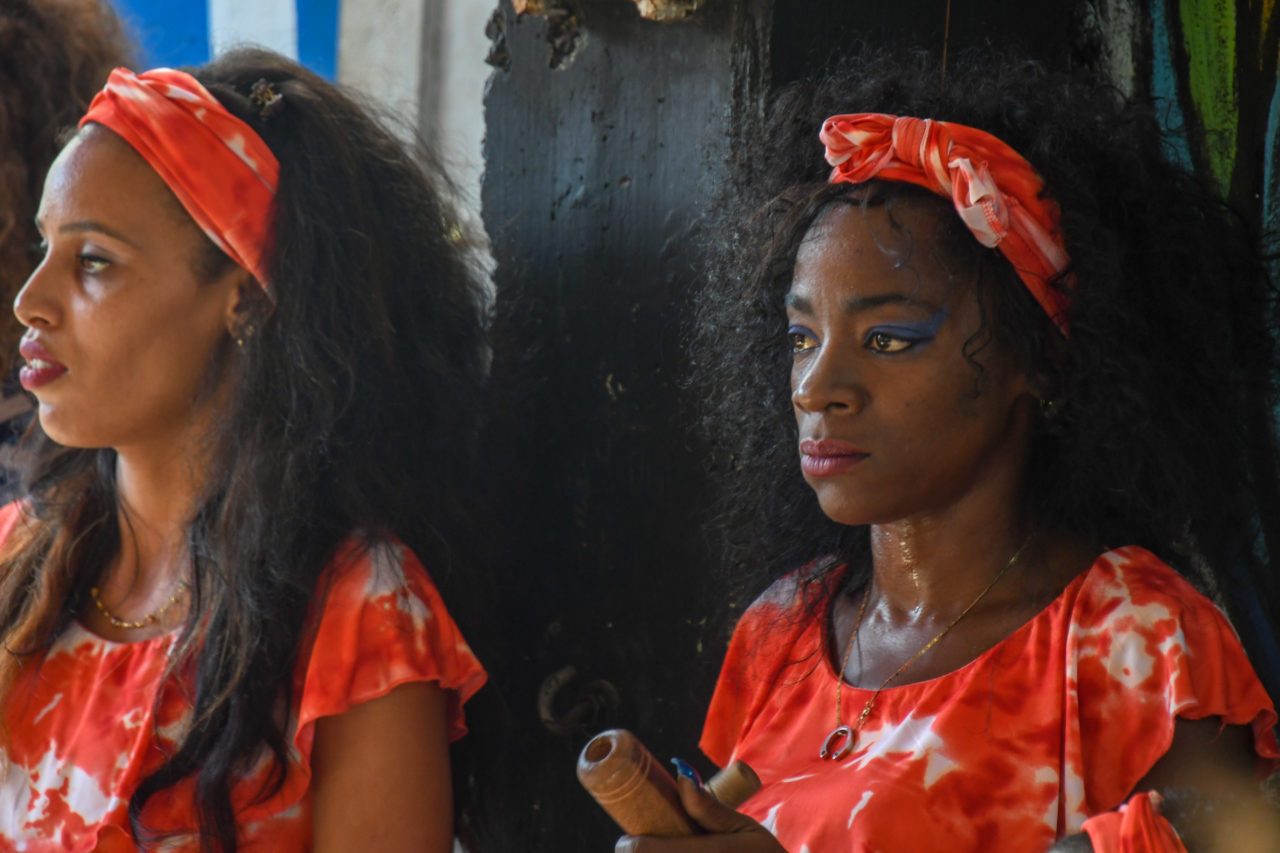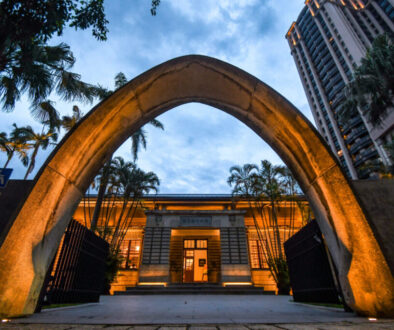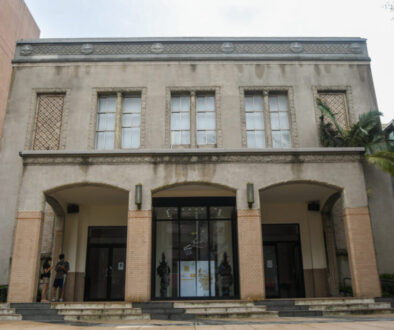Callejon De Hamel: Home of Yoruba Santeria in Havana
From A Slum…
Havana truly defines what it means to find diamonds in the rough. All depending on your point of view, you could see the capital of Cuba as either a mere shadow of its former glory or a showcase of colorful architecture which is literally bursting to the seams with life.
From being a tourist hub with classic hotels suited for royalty, these elaborate palaces have been left crumbling over the decades. While some see the chipping away of the paint on these quaint colorful houses as a sign of the dismal state of the country, others perceive may it as a sense of subtle beauty.
Regardless of how you view the street life of Havana, the alley of Callejon de Hamel was well known by locals as being a slum. Crime was rampant along this street and while other parts of the city have still embodied all the soul and charm of Havana, Callejon de Hamel was a black smear on the otherwise romantic atmosphere that the city possessed.
You can read more about Callejon de Hamel here or here!
… To An Art Gallery
From descending into a crime-riddled slum, Callejon de Hamel has been revived with the help of local artist Salvador Gonzales. With his Afro-Cuban surrealist art style, his murals, paintings, and modern art pieces filled the walls of this desolate neighborhood, breathing in new life with vibrant colors splashed upon the concrete.
Along with the countless pieces of art which can be found on the two-block stretch which is Callejon de Hamel, the area has also become a hub for Santeria devotees. Shrines to various Orisha can be found about the complex with offerings and lit candles found around their base.
Santeria is a combination of both the traditional Yoruba Religion (also known as voodoo) and Christianity. Followers can be found draped head to toe in white garb from everything from their tennis shoes to their hat. The white signifies that this person has been recently blessed or to put it more simply, demonstrates their devotion to the religion.
You can read more about Yoruba culture here!
A Community Center
Callejon de Hamel transformed so much more than the original shanty appearance of the neighborhood, it also changed the community itself. As any local would tell you, life in Cuba is not easy. Although people embrace living their lives to the fullest, it doesn’t change the fact that they are only provided the bare minimum by the government. With the influx of tourism in recent years, some citizens of Havana may turn to more shady practices in order to get by.
Salvador’s paintbrush changed so much more than just the colors of Callejon de Hamel, but it also changed the people. This back alley is now a hub for rumba music, dancing, religion, and even community classes. The street often hosts art classes for the youth of the community, encouraging creativity and critical thinking among the children.
Even among the older generations, Callejon de Hamel has become something of a hangout spot, not only for Santeria devotees but for other musicians and artists looking to share their craft.
A place similar to Callejon de Hamel in Havana is Fusterlandia, you can read about it here or here!
The Home of Salvador
Salvador Gonzalez is so much more than just a community leader, he is an artist whose Afro-Cuban art has been showcased around the world. Other than the pieces of art displayed at Callejon de Hamel, Salvador has had exhibitions internationally, from New York to Norway. Salvador has even been commissioned to paint in public places such as universities and community parks. It goes without saying that Salvador is somewhat of a celebrity.
When discussing with a local volunteer about Santeria and the Yoruba Kingdom of Oyotunji in the United States, a man with a white beard wearing a brimmed straw hat cocked his eyes in my direction and said the words “Olatunji?” Due to a language barrier, I thought he was referencing the Yoruban community of Oyotunji in South Carolina, while he was speaking of Babatunde Olatunji, a famous American-Nigerian drummer.
I was invited into Salvador’s private home, an opportunity few are given and was shown some of his most prized pieces of art, photographs with celebrities such as Jimmy Page and Ziggy Marley, and even his shrine to one of the Yoruban Orisha which at one time possessed the body of Salvador when he wore the sacred crown. We then sat together in front of a giant cupboard overflowing with photographs. I sat there shuffling through decades of photographs searching for the village of Oyotunji while he was looking for Olatunji, it wouldn’t be until two days later that I’d realize the mistake.
Despite the fact that we were not speaking of the same person, it was deeply touching going through Salvador’s life in pictures. This influential painter had his life documented as far back as the late 1970s. It must have been years since he last rummaged through the cabinet, recollecting some of the highlights of his career. Salvador would sigh, his eyes would become misty, as he shook a photo up in down as if he was reliving a moment of his past.
Although we met under what would later be known as a misunderstanding, I was welcomed into the home of Salvador and given a look into his life others have seldom seen. The hours spent together reminiscing, sharing, and laughing forged a friendship that will last a lifetime.
You can read more about Salvador here!
Rumba Sundays
You can walk down the street of Callejon de Hamel any day at any hour. What truly makes the alleyway come to life, however, is the weekly rumba every Sunday around noon. The word “rumba” means nothing more than to party. What you can expect at Callejon de Hamel is a celebration of Afro-Cuban music in the form of singing, drums, and dance as well as the telling of traditional Yoruban folklore.
The concert begins at 12, but if you are wanting to actually see the dancing and musicians during the performance you best come early. The narrow alleyway begins to fill up with tourists fast, leaving little room to actually view the rumba.
You can read more about Rumba music here!
Santeria Coming to Life
Santeria is a religion that if you are not looking for it, you are sure to miss the shrines, ornaments, and statues along the streets. Unlike the United States and its roots back in Nigeria, Santeria combines both the traditional Yoruban religion with Christianity, thus appealing the two major ethnic groups within Cuba.
Having a base understanding of voodoo or Santeria only helps appreciate the dancing and performances even more. After some more casual dances, a woman emerged dressed as Eshu, the god of mischief and children. She was either truly possessed by the orisha or was a fantastic actor, her movements and interactions with the crowd truly encapsulated the demeanor of Eshu.
For those not as familiar with the Yoruban religion or Santeria, no need to worry. The dancers go above and beyond to interact with the crowd and make sure everyone has a good time. Eshu may be pushy with her hat asking for donations, but a few COC is little to ask for a free, several-hours-long performance.
You can read more about Santeria here!
Is It Worth The Trip?
Your cruise goers and those who are looking for a well organized routine vacation may be unable to find the beauty which is outside of “Old Havana”. When first walking into Callejon de Hamel you will probably be harassed by some locals who are trying to make some extra cash by posing as your “guide” for a fee. Those who have been in Cuba for a while are well aware of this song and dance and may choose to either humor the local or ignore them altogether. Living in Cuba is not easy and many have to rely on the “hustle” to survive.
Depending on the time of day you arrive at Callejon de Hamel you may not find a single soul in the alleyway or you will be packed like sardines from wall to wall. Regardless of how many tourists may be shuttled in by their chauffeurs in classic cars, Callejon de Hamel still maintains an authentic atmosphere, immersing all those who step foot in the alley into a world of true Cuban culture.

